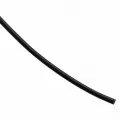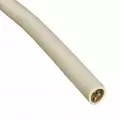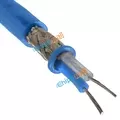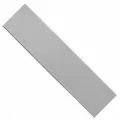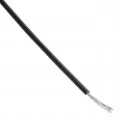OUTLINE:
Why We Choose to Use Fiber Optic Cables?
 322
322Fiber optic cables have revolutionized the way we transmit and receive information. These cables, made of thin strands of glass or plastic, have become the backbone of modern telecommunications systems, enabling high-speed data transmission over long distances.
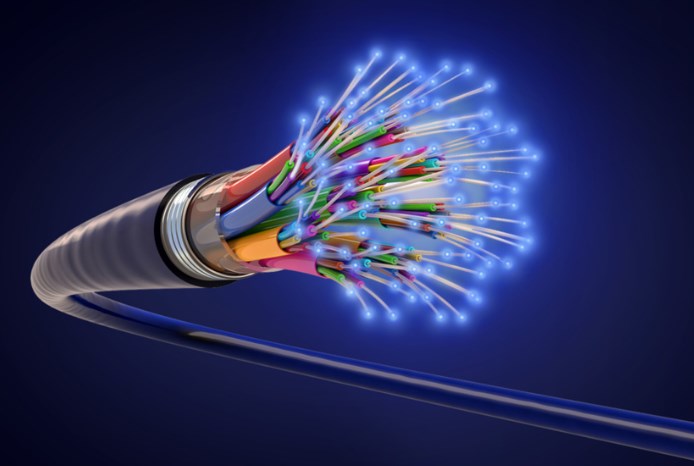
First and foremost, fiber optic cables operate on the principle of total internal reflection. Light signals, carrying data in the form of digital information, are transmitted through the core of the cable. The core, which is surrounded by a cladding layer, ensures that the light signals remain confined and travel through the cable without significant loss or interference. This optical transmission method offers several advantages over traditional copper-based transmission systems.
One of the key benefits of fiber optic cables is their ability to transmit data at incredible speeds. Due to the high bandwidth capacity of optical fibers, information can be sent over long distances with minimal signal degradation. Fiber optic cables can achieve data transfer rates in the gigabits and even terabits per second range, making them ideal for applications that require rapid and reliable data transmission, such as video streaming, cloud computing, and internet connectivity.
Moreover, fiber optic cables are immune to electromagnetic interference (EMI) and radio frequency interference (RFI), which can disrupt signal quality in traditional copper cables. This immunity to external interference ensures a more stable and secure transmission of data. Additionally, fiber optic cables are less susceptible to signal attenuation over long distances compared to copper cables, allowing for extended network coverage without the need for signal repeaters.
Another significant advantage of fiber optic cables is their exceptional bandwidth capacity. With the ability to support multiple wavelengths of light simultaneously, these cables can transmit vast amounts of data concurrently. This characteristic is particularly advantageous for applications that demand high bandwidth, such as data centers, high-definition video streaming, and telecommunications networks. Fiber optic cables provide the infrastructure required to meet the ever-increasing demand for faster and more reliable data communication.
In addition to telecommunications, fiber optic cables find applications in various industries. They are extensively used in medical imaging equipment, enabling high-resolution imaging and diagnostics. Fiber optic sensors are employed in industries such as oil and gas, aerospace, and structural monitoring, where their immunity to electromagnetic interference and ability to withstand harsh environments make them an ideal choice. Furthermore, fiber optic cables play a crucial role in the field of optical networking, facilitating the interconnection of routers, switches, and other network devices.
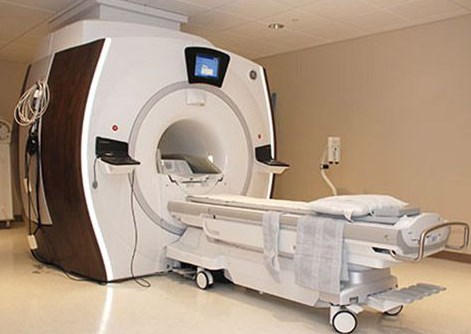
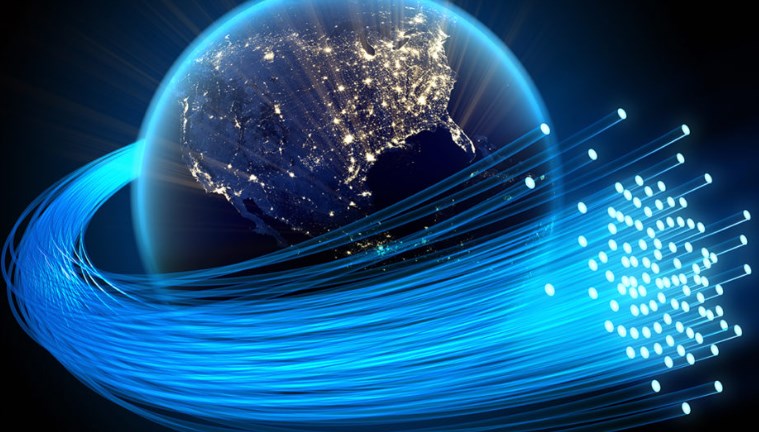
Despite their numerous advantages, fiber optic cables do have some limitations. They require specialized equipment and expertise for installation and maintenance, making them slightly more expensive than traditional copper cables. Additionally, fiber optic cables are fragile and can be damaged if not handled with care, requiring careful installation and protection.
Fiber optic cables have transformed the way we transmit and receive data. With their high-speed transmission capabilities, immunity to interference, and exceptional bandwidth capacity, these cables have become the backbone of modern telecommunications and networking systems. As technology continues to evolve, fiber optic cables will continue to play a vital role in enabling faster, more reliable, and secure data communication across the globe.
Fiber Optic Cables on Chipsmall: https://www.chipsmall.com/Subcategory/ca-fiber-optic-cables.html

Disclaimer: The views and opinions expressed by individual authors or forum participants on this website do not represent the views and opinions of Chipsmall, nor do they represent Chipsmall's official policy.

share this blog to:


